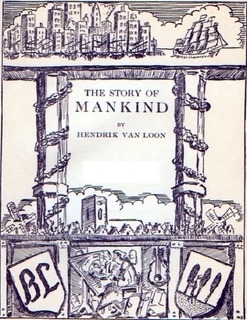1922 - Gatsby, Newbery and Melcher
The release of a new film adaptation of Fitzgerald's classic novel has reignited a mania for all things Gatsby. And why not? The story illustrates a prosperous, glamorous, yet sometimes garish, period in American society. On Monday Rebecca wrote about a new edition of Fitzgerald's first eight short stories. Today, we look at the creation of the first award for children's literature, which was the same year in which Fitzgerald set The Great Gatbsy.
While Fitzgerald described the cosmopolitan world of flapper culture set to decadent jazz music, American publisher and renowned admirer of children's books Frederic Melcher commissioned the first Newbery Medal. Melcher named the award after the eighteenth-century British bookseller and printer Jon Newbery because he is regarded as the first dedicated printer and publisher of children's literature.
Newbery felt that making beautiful and accessible books for children was essential to their development. When he published Pretty Poems for Children Three Feet High he added the following inscription: "To all those who are good this book is dedicated by their best friend."[1]
The first Newbery medal winner went to a non-fiction history book called The Story of Mankind by Hendrik Willem van Loon (Liveright). In the 1920's this book was considered the authoritative children's resource on 5,000 years of history.

Like The Great Gatsby, the Newbery Award is a uniquely American institution, since only authors contributing to American children's literature and published in the United States by an American publisher are considered for the prize.
Source: Hazard, Paul. Books, Children & Men. (M. Mitchell, Trans.).Boston: The Horn Book Co., 1944.















